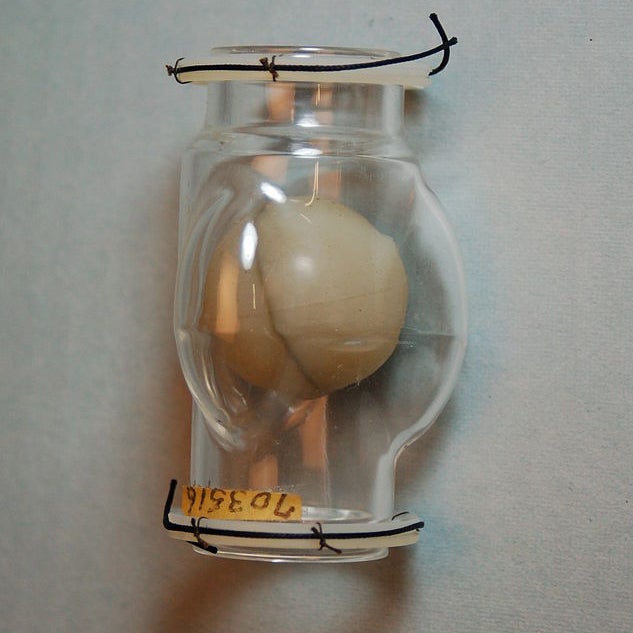Artificial Heart Valve

The first artificial heart valve
Developed by Charles Hufnagel, MD, in 1952, the first artificial heart valve, also known as the caged ball, represented the first long-term success in prosthetic heart valves. It would in turn come to shape modern medical practice around the use and development of artificial organs.
The valve utilized a metal cage that stored a silicone elastomer ball. When the blood pressure inside of the chamber in the heart exceeded that of the pressure on the outside of the chamber, the ball was pushed up against the cage and allowed the blood to flow. Once the heart’s contraction was completed, the pressure inside the heart’s chamber dropped and, because it was lower than the valve, the ball moved back to the base of the valve and sealed it.
Dr. Charles A. Hufnagel
Charles A. Hufnagel was born in Louisville, Kentucky, in 1917. He was a graduate of Harvard Medical School, where he studied organ transplantation. In 1950, Hufnagel joined the faculty at Georgetown University as director of the surgical research laboratory and professor of surgery. During his tenure at Georgetown, he created the first artificial heart valve. In 1969, Hufnagel became the chairman of the department of surgery, a position he held for the next 10 years. He was professor emeritus at the university until his death at age 72.